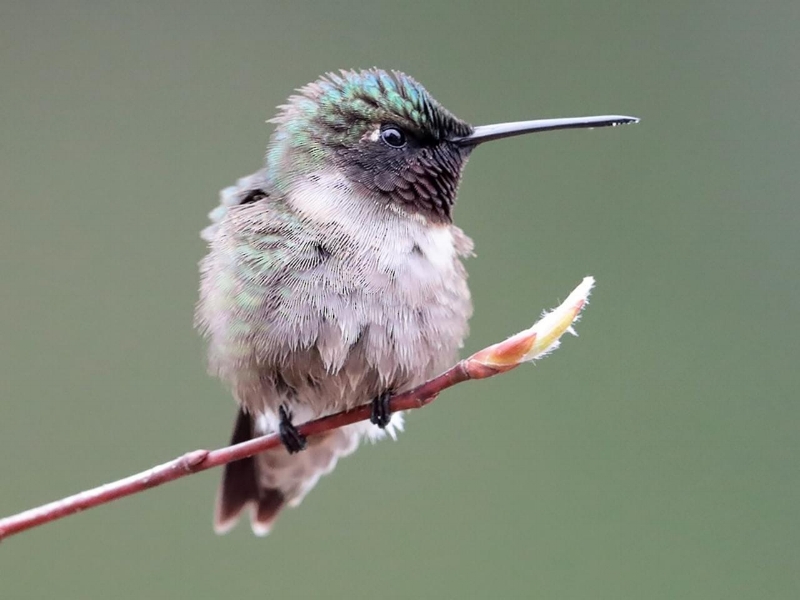As winter gradually yields to spring, it’s time to prepare for the delightful return of hummingbirds to our yards. The annual hummingbird migration, a marvel of nature, is already underway, heralding the arrival of these diminutive yet captivating birds.
Sightings of hummingbirds have been reported in the southern states, with the first male hummingbirds making their appearance in Northeast Florida. Typically, male hummingbirds arrive several weeks ahead of females to establish their territories.
Maintaining clean feeders stocked with nectar-rich solutions and abundant nectar-bearing flowers increases the likelihood of attracting these charming visitors. Remarkably, research indicates that hummingbirds possess an innate ability to navigate back to their spring/summer habitats, often retracing their migration paths with precision.
Offspring from previous generations also exhibit a tendency to return to the areas where they were born, contributing to the generational legacy of hummingbird families in specific regions.

The migratory journey of hummingbirds is a testament to their endurance and determination. Traveling solo over vast distances from South and Central America, and Mexico, some hummingbirds cover several thousand miles, reaching speeds exceeding 30 mph.
Related news:
- Jail-Term Appeal for Animal Activist in California Supported by Denver Law School Unit
- The Company that Ships Drugs to Pets without Vet Orders Will Have to Pay $23 Million!
- Growing Threat of Dog Theft in California: Tips for Pet Safety
For instance, ruby-throated hummingbirds undertake an average journey of 2,000 miles biannually during migration. Such feats require substantial energy reserves, making the provision of nourishment through feeders and natural floral sources crucial for their survival.

